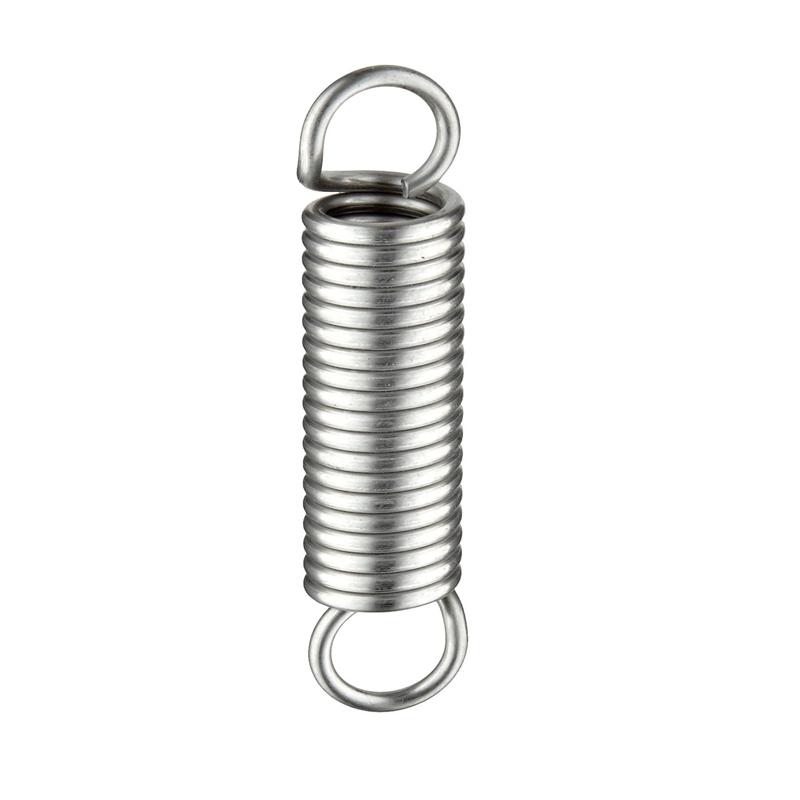
- Mobile Phone
- +8613931874955
- sales@cntcmetal.com
Cattle Market Trends and Pricing Analysis for Livestock Producers
Understanding Cattle Panel Prices Factors and Trends
Cattle panels are an essential component of livestock farming, playing a crucial role in the management and care of cattle. As a farmer or rancher, understanding the fluctuations in cattle panel prices is critical for budgeting and planning. In this article, we will explore the various factors that influence cattle panel prices, recent market trends, and how growers can adapt to the ever-changing landscape of agricultural supply costs.
The Structure of Cattle Panels
Before delving into pricing, it’s important to grasp what cattle panels are. Cattle panels are sturdy, welded wire fences used to contain livestock and provide safety and security. They are typically made of steel or galvanized wire and come in various sizes and strengths to accommodate different breeds and farming operations. Their durability and ease of installation make them popular among livestock farmers.
Factors Influencing Cattle Panel Prices
1. Material Costs The primary driver of cattle panel prices is the cost of raw materials. Steel prices fluctuate based on global supply and demand, tariffs, and transportation costs. When the cost of steel rises, as seen during economic fluctuations, cattle panel prices inevitably follow suit.
2. Manufacturing and Labor Costs The cost of production plays a significant role in pricing. This includes not only raw materials but also labor costs associated with manufacturing. In recent years, inflation and labor shortages have affected many sectors, including agriculture, ultimately impacting livestock fencing prices.
3. Market Demand Seasonal variations in cattle panel demand can influence prices. During calving season or times of heightened livestock movement, farmers are more likely to purchase panels, driving up demand. Additionally, factors such as droughts or feed shortages may shift the focus to livestock management solutions which can increase market activity.
4. Geographic Location Prices can vary significantly based on location due to transportation costs and regional supply dynamics. Farmers located near manufacturing facilities generally benefit from lower prices compared to those in remote areas who face higher shipping costs.
5. Economic Conditions The broader economic environment, including inflation rates, consumer confidence, and agricultural commodity prices, plays a pivotal role. During economic downturns, discretionary spending, including investments in agricultural infrastructure, may decline, influenced by farmers' income levels and forecasts.
6. Technological Innovations Advancements in manufacturing processes can lead to changes in production efficiency and cost. New technologies may result in lower prices as companies optimize their processes or introduce less expensive materials.
cattle panel price

Recent Market Trends
As of late 2023, cattle panel prices have seen a noticeable increase compared to previous years. This uptick can be attributed to several intersecting factors, including surging steel prices and increased demand post-pandemic as many farmers return to or expand operations. The resurgence of rural development programs has also led to a spike in investments in agriculture, further driving panel prices upward.
Additionally, the growing awareness of sustainable farming practices has led some producers to seek out more environmentally friendly options, potentially elevating the price of panels made from recycled or alternative materials. This trend is still emerging, and the effects on pricing will be clearer in the years to come.
Strategies for Farmers
To navigate the shifting landscape of cattle panel prices, farmers can implement several strategies
1. Bulk Purchasing Buying cattle panels in bulk can often lead to discounts. Farmers may partner with neighboring ranchers to share costs and minimize expenses.
2. Market Analysis Keeping an eye on market trends and prices can help farmers time their purchases effectively. Awareness of seasonal fluctuations can enable strategic buying, maximizing budget efficiency.
3. Investing in Alternatives Exploring different fencing options, such as plastic or composite materials, may provide cost-effective alternatives. While these may not entirely replace traditional panels, they can be useful in certain scenarios.
4. Budgeting and Financial Planning Incorporating cattle panel costs into a comprehensive farm budget can help farmers prepare for price increases and plan for investments wisely.
Conclusion
Cattle panel prices are influenced by a complex interplay of material costs, market demand, economic conditions, and geographic factors. By understanding these dynamics and adapting their strategies accordingly, livestock farmers can navigate the challenges and opportunities presented by ongoing price fluctuations. As agriculture continues to evolve with economic and technological changes, staying informed and flexible will be key to future success.
share:
-
Your Source for Concrete Wall Ties and Masonry AccessoriesNewsJul.10,2025
-
Unlocking the Power of Iron Wire for Every ProjectNewsJul.10,2025
-
Explore Advanced Chain Wire and Stainless Steel Mesh FencingNewsJul.10,2025
-
Discover the Benefits of Annealed Wire ProductsNewsJul.10,2025
-
Discover China Stainless Steel Wire Mesh SolutionsNewsJul.10,2025
-
Build with Confidence Using High-Performance Masonry AccessoriesNewsJul.10,2025
-
Why Sacrificial Formwork Is Redefining Underground ConstructionNewsJun.06,2025



















